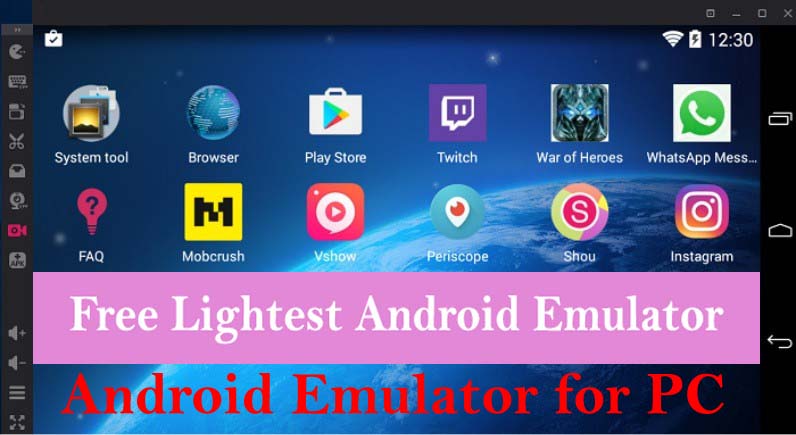

The problem with launching the emulator from VS2017 for Mac has nothing to do with which tools it was created with. Launching it from the command line works with quick boot, and then it will connect just fine. With that cleared up, I still can't actually launch the Android Studio-built AVD from VS for Mac - it continues to hang on startup. Adding the system image was sufficient to move on - no need to set ANDROID SDKROOT - it was just a misleading error message. It turns out that I did not have the system image that I created the AVD with installed in the VS for Mac supplied Android SDK. When I try to start the emulator manually using the VS for Mac supplied emulator program, I get this: I realize that the article was about the VS for Windows integration, but I figured I'd describe the Mac experience too. If I instead shut down the emulator by pressing and holding the emulated power button, nothing is saved - I guess that makes sense, since the emulator's state is "powered off." I can't terminate that process, and have to Force Quit VS for Mac or wait long enough and it will report "Execution Failed" at which point i can keep using VS for Mac, just without that AVD.Īs long as I shut down the emulator using the QEMU (MacOS) application's Quit menu item, the state is saved and quick boot works the next time that I boot. If the AVD is not started, Visual Studio for Mac will try to start it, but it will not complete - it just notes that up in the bar of the VS for Mac app, a progress spinner animates, and nothing happens. If I start it from Android Studio, then Visual Studio for Mac will deploy to it. Looks like I can create an AVD from Android Studio on my Mac.


 0 kommentar(er)
0 kommentar(er)
